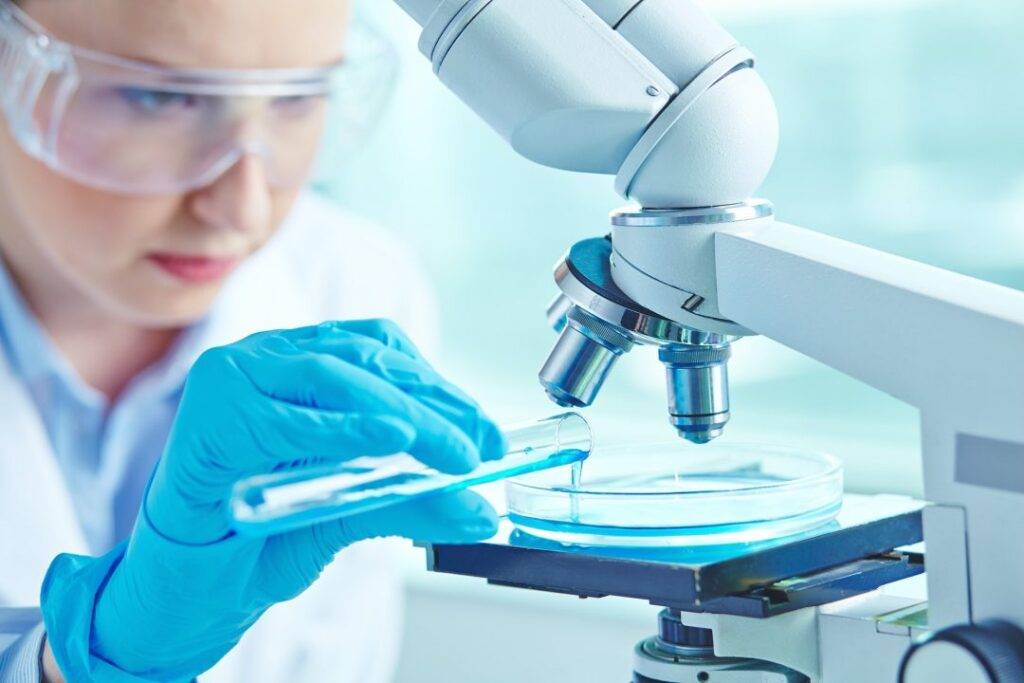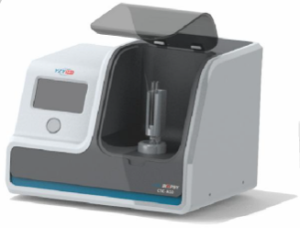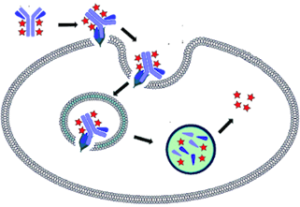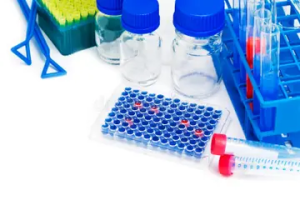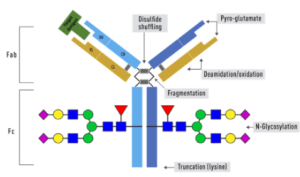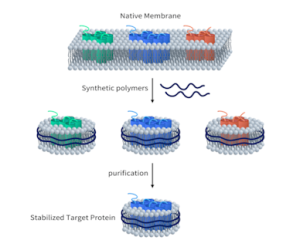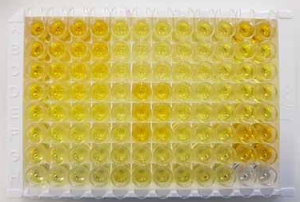| 目录: 12216 |
| 产品名称: Mouse AXL Protein |
| 规格: 10 µg, 50 µg and 100 µg |
| 基因符号: Ark;Ufo;Tyro7 |
| Target: AXL |
| UNIPROT ID: Q00993 |
| 描述: Recombinant mouse AXL protein with C-terminal 10xHis tag |
| 背景: Predicted to enable several functions, including phosphatidylinositol 3-kinase binding activity; phosphatidylserine binding activity; and virus receptor activity. Involved in negative regulation of apoptotic process and positive regulation of protein kinase B signaling. Acts upstream of or within several processes, including animal organ development; myeloid cell homeostasis; and negative regulation of tumor necrosis factor production. Predicted to be located in several cellular components, including actin cytoskeleton; cell surface; and host cell surface. Predicted to be part of receptor complex. Predicted to be integral component of plasma membrane. Is expressed in several structures, including alimentary system; brain; genitourinary system; respiratory system; and visual system. Human ortholog(s) of this gene implicated in type 2 diabetes mellitus. Orthologous to human AXL (AXL receptor tyrosine kinase). [provided by Alliance of Genome Resources, Apr 2022] |
| Species/Host: HEK293 |
| Molecular Weight: The protein has a predicted molecular mass of 47.8 kDa after removal of the signal peptide. The apparent molecular mass of mAXL-His is approximately 55-70 kDa due to glycosylation. |
| Molecular Characterization: Mouse AXL(Ala19-Pro443) 10×His tag |
| 纯化:: The purity of the protein is greater than 85% as determined by SDS-PAGE and Coomassie blue staining. |
| Formulation & Reconstitution: Lyophilized from nanodisc solubilization buffer (20 mM Tris-HCl, 150 mM NaCl, pH 8.0). Normally 5% – 8% trehalose is added as protectants before lyophilization. |
| 储存和运输: Store at -20°C to -80°C for 12 months in lyophilized form. After reconstitution, if not intended for use within a month, aliquot and store at -80°C (Avoid repeated freezing and thawing). Lyophilized proteins are shipped at ambient temperature. |
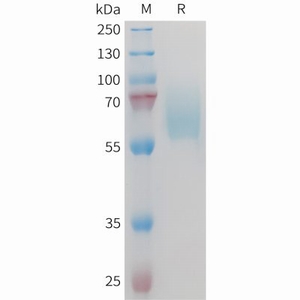
Figure 1. Mouse AXL Protein, His Tag on SDS-PAGE under reducing condition. |
